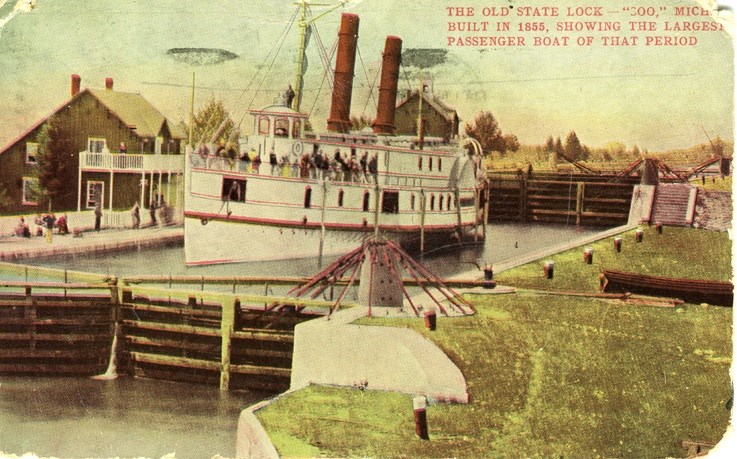From the archives of the Sault Ste. Marie Public Library:
From 1900 to around 1911, people across Canada may have been carrying around in their wallet a little piece of Sault Ste. Marie . . . in the form paper money.
While it may seem like an unusual amount today, the Dominion of Canada issued $4 bills beginning in the late 1880s; their popularity was largely sparked by the exchange rate at the time, and the ease of converting $4 Canadian into one British Pound.
And, of course, the $4 bill was just one of the many monetary denominations that are no longer being printed, including 25 cent, one dollar, and two dollar bills.
The original $4 bills pictured the Marquess of Lorne, the fourth Governor General of Canada. In 1900, the design of the bill changed to feature portraits of Lord Minto, the eighth Governor General, and his wife. During that revamp, the bill also began to highlight Canadian scenery – or at least, that was the intent.
In between the portraits of Lord and Lady Minto, an illustration showed a ship making its way through the Sault Ste. Marie locks. The image would highlight the locks as part of an important shipping route – and, since the locks had only just been completed in 1895, it was also an example of impressive, new infrastructure in the Dominion of Canada.
There was just one problem: whoever designed the bill did not check that they had the country correct. The $4 Canadian bill mistakenly featured the locks in Sault Sainte Marie, Michigan.
As the Globe and Mail wrote in a retrospective column about the gaffe, “Somebody’s face must have been very red at Ottawa.”
When the mistake was noticed, the issue was recalled. In 1902, the government began to issue new $4 bills – this time with a depiction of the Sault Ste. Marie, Ontario locks as a ship passed through.
In 1904, $4 bills ceased being issued, but they continued to circulate for several years after that; however, by 1947, according to a Globe and Mail article, they would rarely show up in circulation anymore.
Today, the bills are a collector’s item. And, while you are unlikely to open up your wallet and see Sault Ste. Marie on your paper money anymore, copies of the bill remain – in private collections and in places like the British Museum and the Bank of Canada Museum.
Each week, the Sault Ste. Marie Public Library and its Archives provides SooToday readers with a glimpse of the city’s past.
Find out more of what the Public Library has to offer at www.ssmpl.ca and look for more Remember This? columns here
